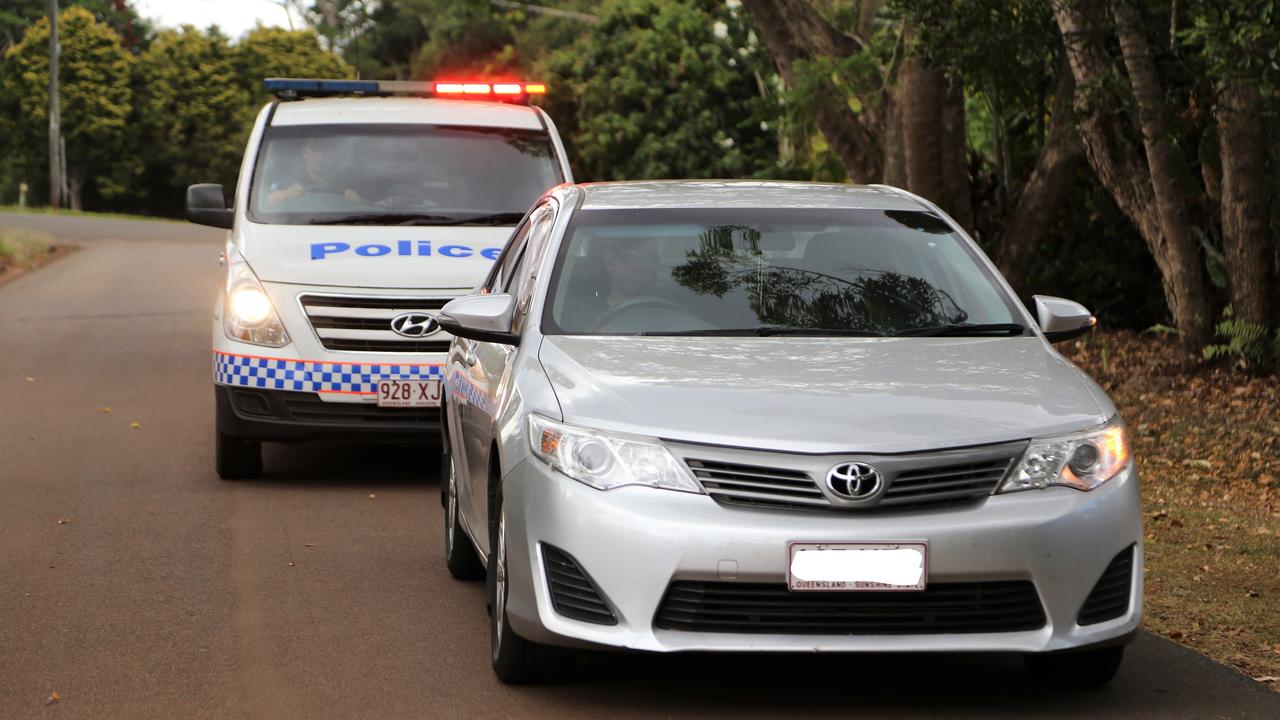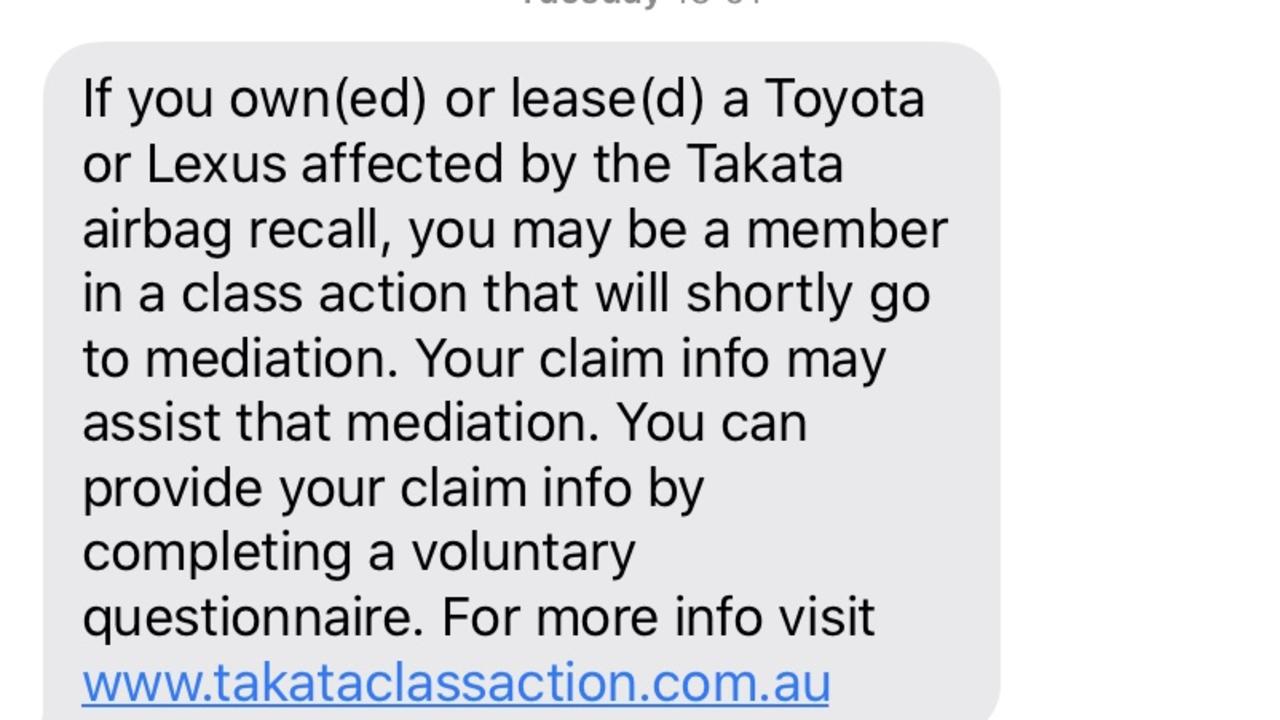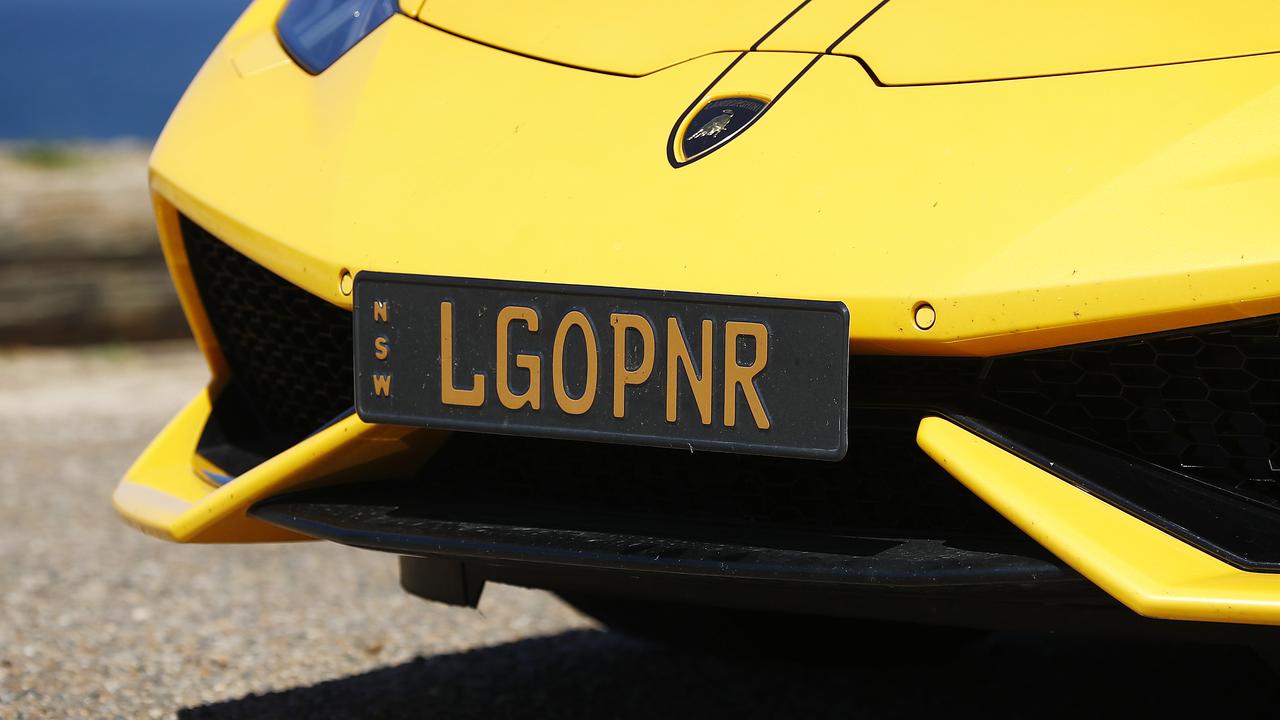Drivers furious after Brisbane decides to scale back one of its most popular road rules
DRIVERS fell in love with this cheeky road rule that let them legally run red lights but now the law is up for review — and not everyone is happy about it.
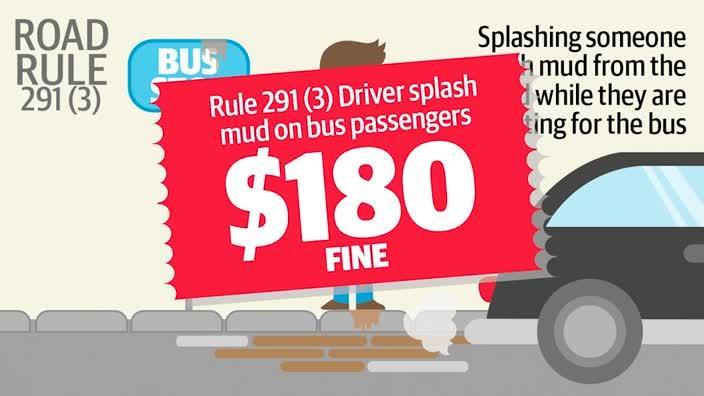
IT’S already adopted by most Australian states and territories but Queensland has instead backpeddled on the popular “left turn on red” rule in an attempt to mirror New South Wales.
Five years ago, Brisbane City Council introduced the law and bolted “left turn on red” signs to 50 intersections across the city in an attempt to reduce congestion.
But 15 of the intersections that have allowed drivers to legally run red lights are now on the chopping block.
The “left turn on red” rule originated in NSW and was adopted by Queensland in 2013 on a trial basis.
But the NSW law also comes with regulations — specifically adopted to protect crossing pedestrians from potentially distracted drivers.
The “left turn on red” law is only allowed on intersections in NSW where less than 120 pedestrians cross per day.
Steve Spalding, head of technology and safety for Queensland’s peak motoring body RACQ, told 4BC earlier today the adoption of NSW regulation will give Brisbane the opportunity to fix its busiest intersections.
“Now is the time to look at those sites, then to work with Transport and Main Roads and work out how can that site be improved so they can continue to use the left turn on red facility like they do now,” Mr Spalding said.
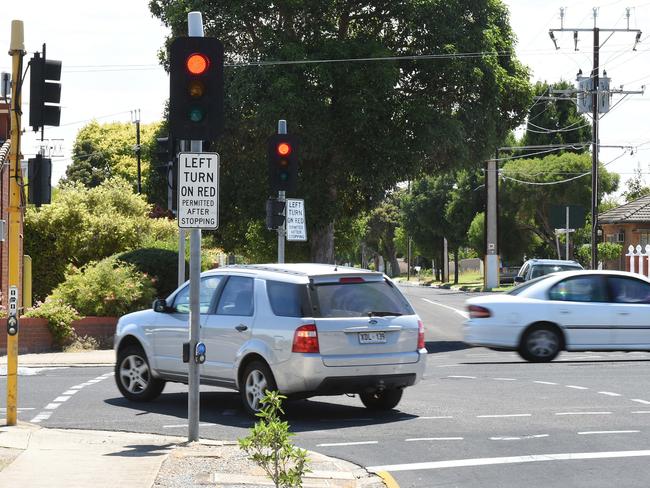
Radio host Ben Davis questioned why Brisbane had to not only take NSW’s rule but carbon copy its regulations but Mr Spalding said it’s important for Australia’s road rules to be uniform wherever possible.
“It’s always good to have road rules that are consistent and aligned nationally and it’s always good to benchmark against the best road rules that we have, the ones that are the most practical and have the safest outcome,” Mr Spalding said.
In the US, “left turn on red” is legal at every intersection regardless of the number of pedestrians that might cross there.
And back home, Victoria has a number of “left turn on red” signs scattered around as well as the Northern Territory, South Australia and the ACT.
Victoria, however, with its state-specific Hook and P Turns, adopts those measures more often.
Since Transport and Main Roads announced the intersections up for review, at least seven are expected to be axed. Eight of the intersections are up for review.
The trial was originally only supposed to go for six months and was adopted by five Brisbane intersections but was later rolled out to the 50.
Despite the lengthy five year trial, Brisbane City Council still has no evidence the “left turn on red” signs actually reduced traffic in the notoriously congested city.
When the rule was first implemented, RACQ criticised the move, claiming it could lead to a greater risk of death and injury for road users.
RACQ senior traffic engineer Greg Miszkowycz told Quest Newsin 2013 the concerns were valid, particularly for cyclists and pedestrians.
“It relies a lot on drivers obeying the rules of left turn on red, which is coming to a complete stop then giving way to all traffic,” Mr Miszkowycz said.
Brisbane business owner Stuart Whitson said he’d saved “minutes” at a Bowen St intersection that adopted the rule.
“It’ll save me five minutes being able to turn left there straight away. It just takes too long, especially when there’s nothing there [no traffic] most of the time,” he said.
Whether or not Brisbane City Council decides to permanently axe the signs, its local residents are clearly still in the process of remembering not to break five of the road’s most fundamental laws.
A report released by RACQ yesterday found Brisbane drivers are the worst at not stopping at stop signs.
Between November 2016 and November 2017, 9270 Brisbane drivers were fined for disobeying the little red sign.
Brisbane drivers were also notorious for disobeying “no right turn” signs, keeping a safe distance, driving without their lights on at night or in hazardous weather and not putting L-plates on their cars.

